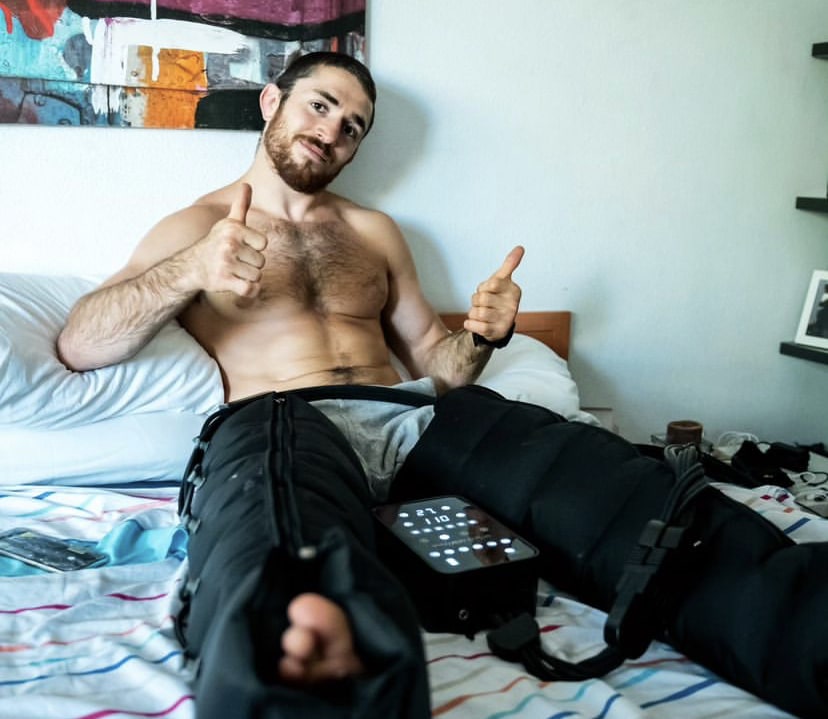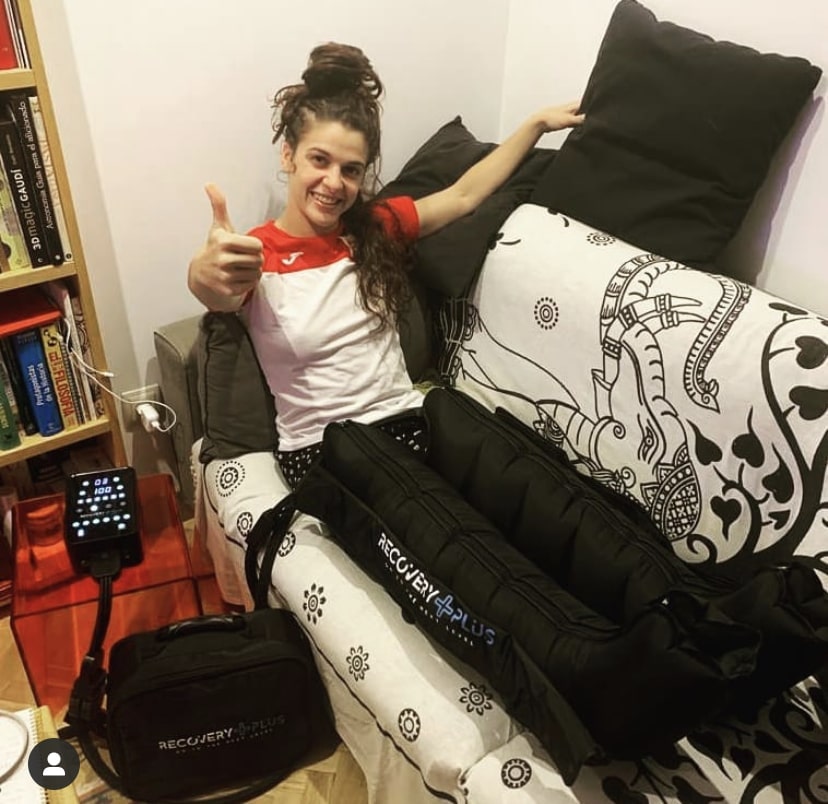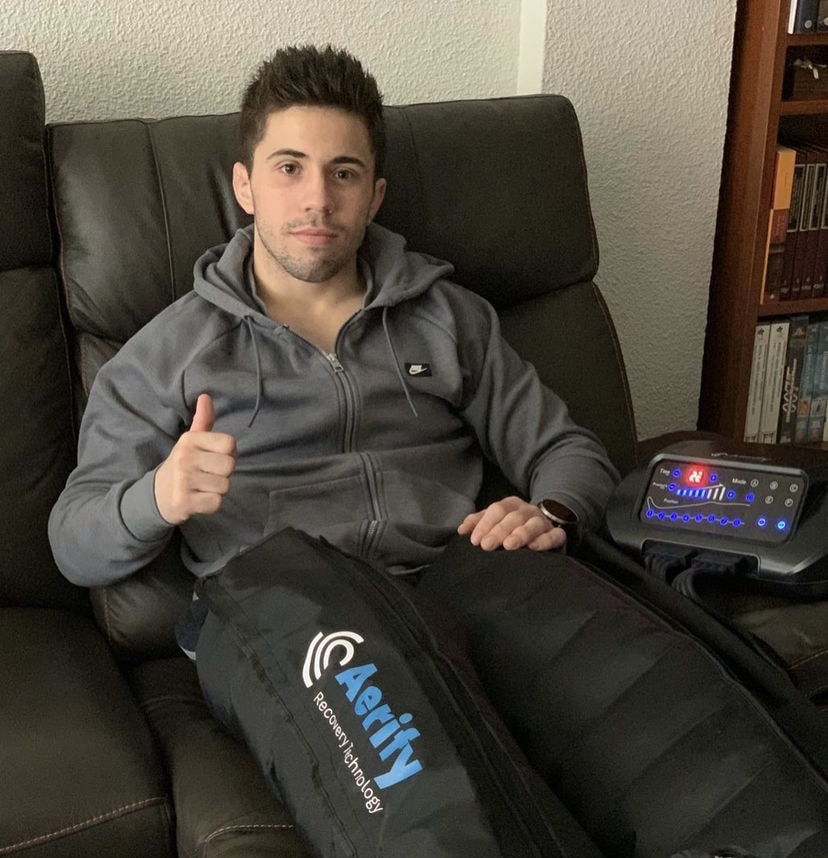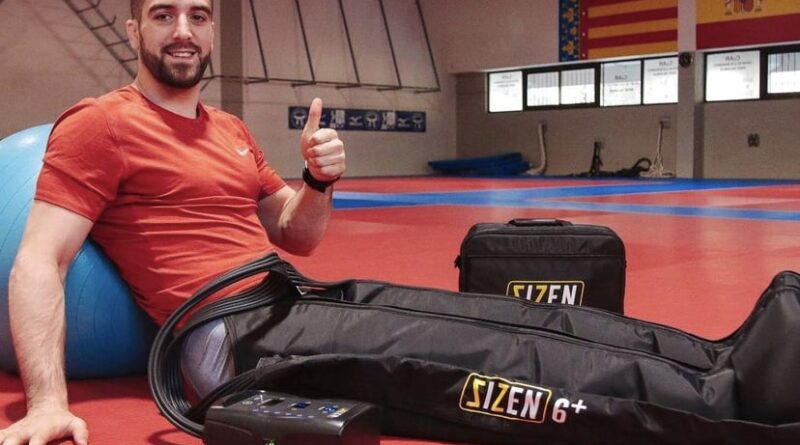Effects of lower-limb intermittent pneumatic compression on sports recovery
Many times we can see some judo elite athletes using pneumatic compression therapy for recovery after judo training, but what science say about that? Check out this recent review and learn more about this therapy.
Maia F, Nakamura F, Sarmento H, Marcelino R, Ribeiro J. Effects of lower-limb intermittent pneumatic compression on
sports recovery: A systematic review and meta-analysis. Biology of Sport. 2024;41(4):263-275.

ABSTRACT
Intermittent pneumatic compression (IPC) applied to lower limbs is becoming a popular post- exercise recovery technique; however, it still lacks strong scientific support. The purpose of this systematic review and meta-analysis was to analyse the effects of lower-limb IPC on sports recovery, as well as to identify the most used protocols to optimize it. A systematic search was conducted across athletic and healthy populations, following the PRISMA guidelines, covering the databases: PubMed, Web of Science, SportDiscus, Academic Search Complete, and Science Direct; using the search terms: (“Pneumatic compression” OR “Intermittent pneumatic compression” OR “Recov* boot*”) AND (Recover*). Data was extracted, and standardized mean differences were calculated with 95% confidence and prediction interval. The pooled data analysis was conducted using a random-effects model, with heterogeneity assessed using I2. A total of 17 studies (319 participants) were included. The studies’ methodological quality was assessed using the PEDro scale, ranging from fair to good. Results indicate a trivial to small benefit towards lower-limb IPC in enhancing muscular function, as well as a trivial to moderate effect for pain and soreness measurements, and a highly variable effect on muscle damage markers. Moreover, protocols of about 20 to 30 minutes and pressures of about 80 mmHg appear to be the most used option to optimize recovery. In summary, lower-limb IPC might be a method with potential effects for recovery in sports, mainly reducing perceived soreness.



Download the full article HERE.

